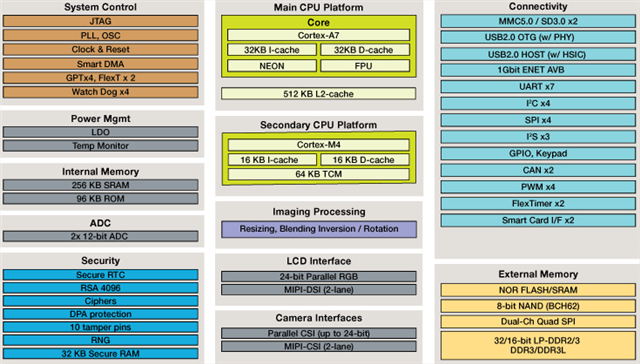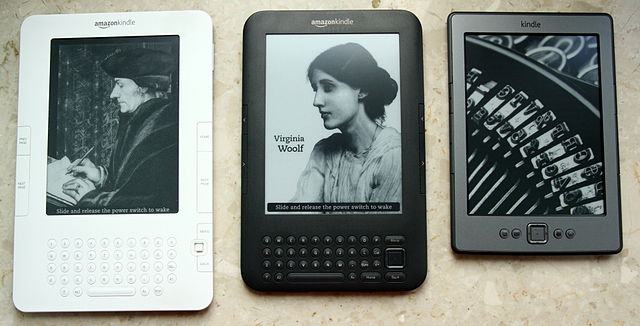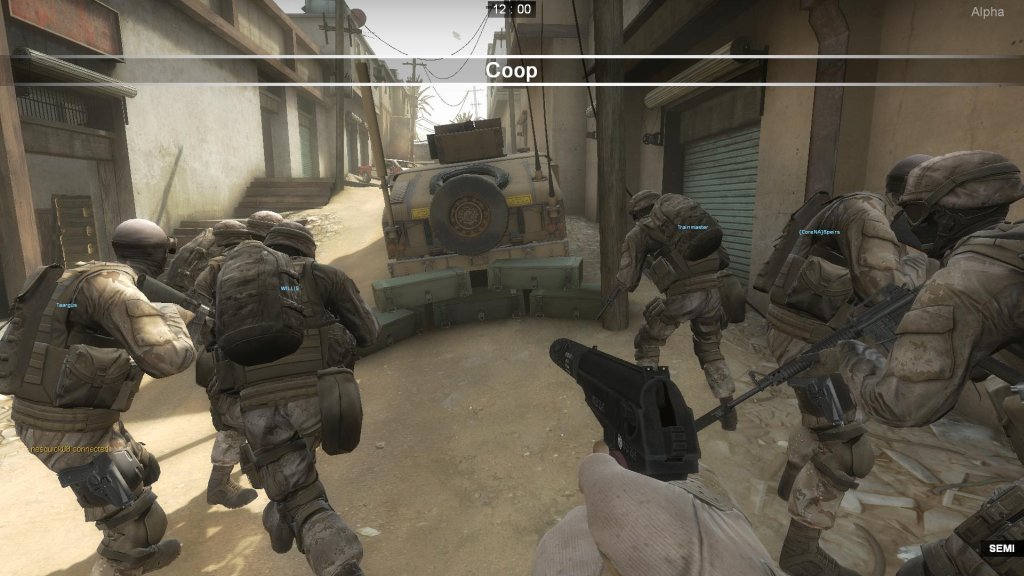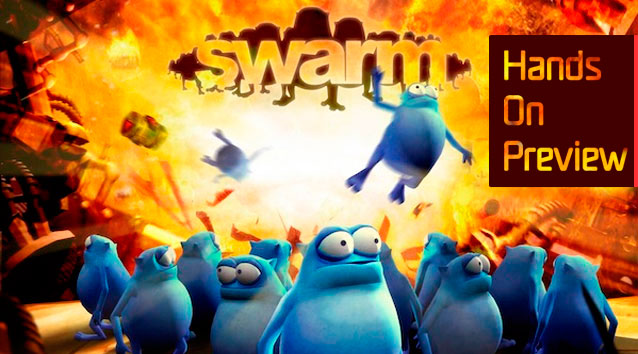

Between e-readers and tablets, e-readers provide a much better reading experience. In fact, depending on your preferences, you may even like e-readers more than physical books. Simply put, e-readers are pretty awesome.
But that doesn’t mean they make good gifts. Here are four reasons why you shouldn’t buy one in 2015.
Two important pieces of technology go into an e-reader: the electronic ink screen and the system-on-a-chip, which provides the device’s screen clarity, refresh rate, processing power, wireless capabilities, battery endurance, and more.
Neither of these technologies have been improved at all since 2013, and they haven’t received any major improvements since 2011. However, both might get a major update in 2016!
The i.MX5, released in 2010, was the world’s first processor and chipset purpose-designed for electronic ink display management. The package allowed e-readers to have month-long battery lives, faster page turns, and fewer jarring page refreshes. Freescale followed up with the marginally improved i.MX6 design in 2011, but since then, nothing.
But all of that changes in 2016 when Freescale’s newly announced i.MX7 begins entering products. I don’t want to overhype the importance of Freescale’s new design, but it’s orders of magnitude more power efficient than the previous generation of e-reader processors. For one thing, it’s built on the 28nm production process (almost half of the 40nm used in the older i.MX6), and smaller is better.
The i.MX7 also introduces a new kind of design called Heterogeneous Multicore Processing Architecture (HMPA), which allows two processor architectures to operate simultaneously. Unlike older processors, the i.MX7 uses two processing cores: one core has a Cortex A7 architecture while the other has a more power-efficient Cortex M4 architecture.

In the world of ARM processors, there are fast and slow cores. The faster cores tend to offer performance at the expense of power efficiency while the slower cores do the opposite.
HMPA enables each core to handle tasks suited to its processing needs. In the i.MX7, the Cortex A7 handles tasks requiring performance while the Cortex M4 handles slower tasks, such as turning pages. This is nice because the Cortex M4 offers the best pound-for-pound power consumption around.
Judging from the processor specs alone, the i.MX7 represents the single biggest leap in performance and battery life in e-reader history. But because it won’t enter products until 2016, there’s a huge technology gap between current and upcoming devices.
Similar to e-reader processors, e-paper displays haven’t changed much since 2013. One of the first displays was E Ink’s Vizplex, which arrived in 2007 and became the de facto standard for e-paper devices. Three years later, E Ink released the Pearl, which similarly came to dominate digital readers.
As the technology matured, E Ink further diversified its product portfolio with the flexible Mobius, followed by the faster and higher-contrast Carta in 2013 (which is found in the awesome Kindle Paperwhite). As of late 2015, Pearl and Carta displays control the market.

It’s worth noting that E Ink incrementally updates each of its three lines, with each subsequent production receiving higher pixels-per-inch — but in the two years since its last major release, E Ink has yet to announce a new product line.
It appears that E Ink introduces a new line of screens approximately every three years. Vizplex was announced in 2007, Pearl released in 2010, and Mobius and Carta arrived in 2013. If their product release cycle is based on a three-year production schedule, something new is coming in 2016.
There are lots of good e-readers out there, but they’re mostly clones of one another. E-readers all employ a formulaic design, and as such, they all use identical internal components and screens.
The Kindle Voyage, Kobo Glo HD (a good alternative to the Kindle), Nook Glowlight Plus, and Kindle Paperwhite 3 all use the same components: a Carta screen and an i.MX6 processor. The value proposition just isn’t there. Why pay hundreds of dollars for a black-and-white display that can only read books?
However, some emergent technologies would enable full color e-readers. One of these technologies is called Electrowetting, a technology invented by Liquavista, a subsidiary of Amazon.
As you can see, Electrowetting combines the power efficiency of electronic ink with the performance of an LCD screen.
It’s not the only innovation, though. Other technologies include Qualcomm’s Mirasol and the open-license Pixel Qi transflective display. Unfortunately, none of these technologies will appear this holiday season. The earliest you might see any of these is 2017.
Another technology that hobbles the current generation of e-readers is its touchscreen. Right now the industry is split between capacitive touchscreens and infrared touchscreens.
Capacitive touchscreens lay a thin layer of conductive material over the screen to gray out text. Infrared screens overcome this limitation by positioning light emitting components around the reader’s bezel, which increases a device’s thickness.
But a new technology called Cambrios ClearOhm solves this by using a transparent touchscreen layer:
If ClearOhm proves viable, future models of e-reader could combine the clarity of infrared screens with the thinness of capacitive technology — but no e-reader will use this technology in 2015.
E-readers – even more than other devices – cost a premium during the holidays. During most of the year, up until Black Friday, there are constant price-drops and promotions. For example, in February 2015, the normally $199 Kindle Voyage sold for a bargain-basement price of $59.
Barnes and Noble, Amazon, and Kobo all heavily discount their e-readers during the summer (and sometimes the fall) to make room for new products. If you purchase during the holidays, the price will almost always be at full retail value.
At present, no major manufacturer offers unrestricted access to the Android operating system.
A few small companies do offer Android e-readers with half-baked firmware, such as the Onyx Boox series. Users can also hack a Nook Simple Touch to get full access to Android, meaning users can install any app they want. (They can even play games.) But nothing like this is available for big name products.
An open operating system would allow users to read any of their files regardless of format, whether ePUB, MOBI, PDF, or whatever else, provided that they also have an appropriate reading app available in the Google Play Store.
Even though e-readers offer a fantastic means of reading books, 2015 is the worst year to buy one due to the gap in technology. There also isn’t a lot of variety in today’s market because all e-readers use similar — if not identical — components. On top of that, buying during the holiday season means getting gouged.
We recommend that you wait a few more months to see what kinds of new products are released by major manufacturers in 2016. However, if you absolutely need one right now, then check out our guide to picking the perfect e-reader.
Are you going to buy one or are you going to wait until next year? What kind of features are you looking for in an e-reader? Drop a comment below and share with us!




 Call of Duty Black Ops 3 Collectibles Guide
Call of Duty Black Ops 3 Collectibles Guide Witcher 3: Hearts of Stone - The Safecracker Quest Guide
Witcher 3: Hearts of Stone - The Safecracker Quest Guide 13 New Netflix Originals You'll Be Watching in 2016
13 New Netflix Originals You'll Be Watching in 2016 First Look at Hothead’s “Swarm”
First Look at Hothead’s “Swarm” COD Ghosts Tip: Use Wiretap during launch month
COD Ghosts Tip: Use Wiretap during launch month